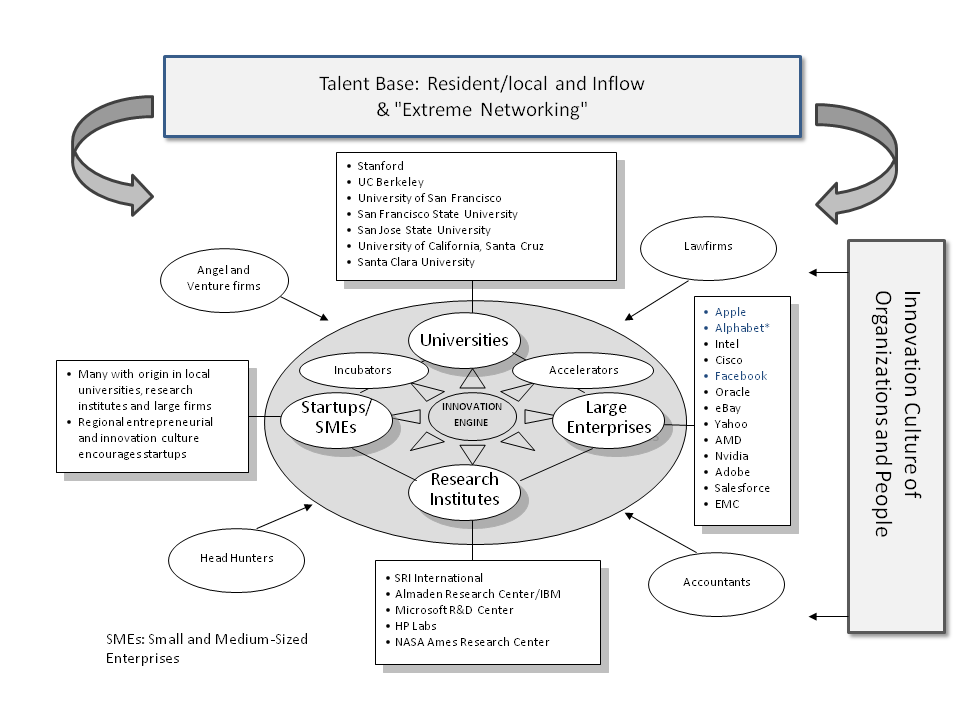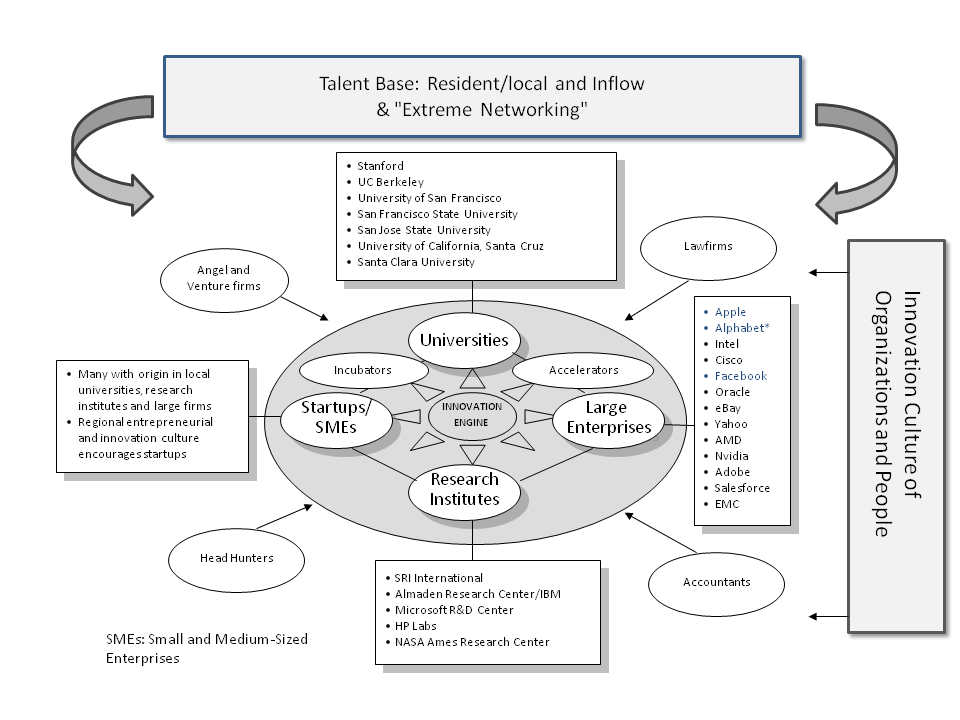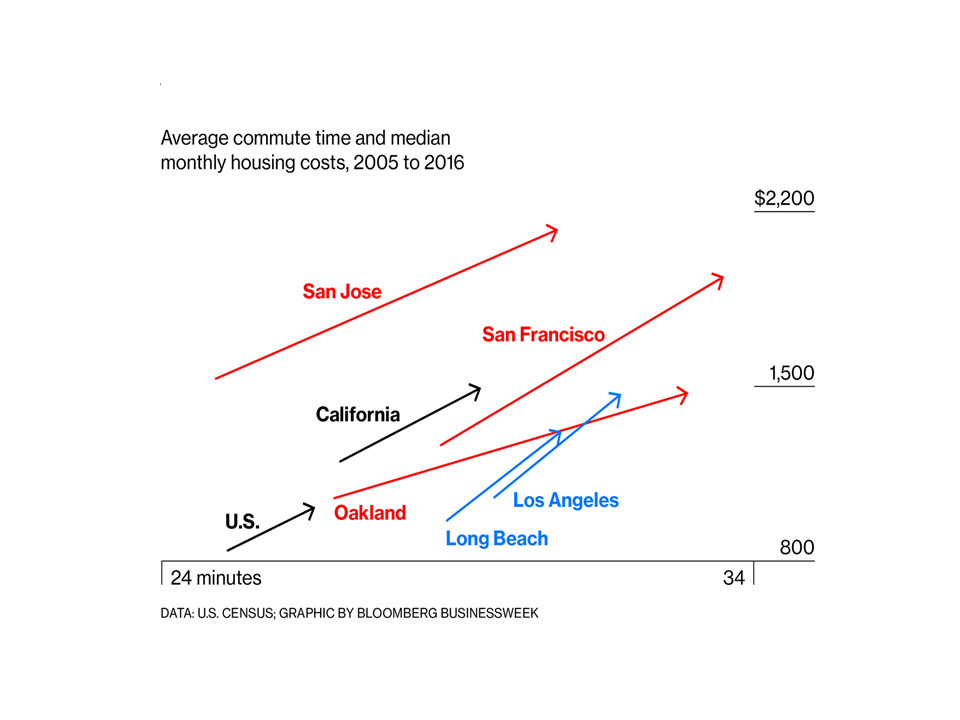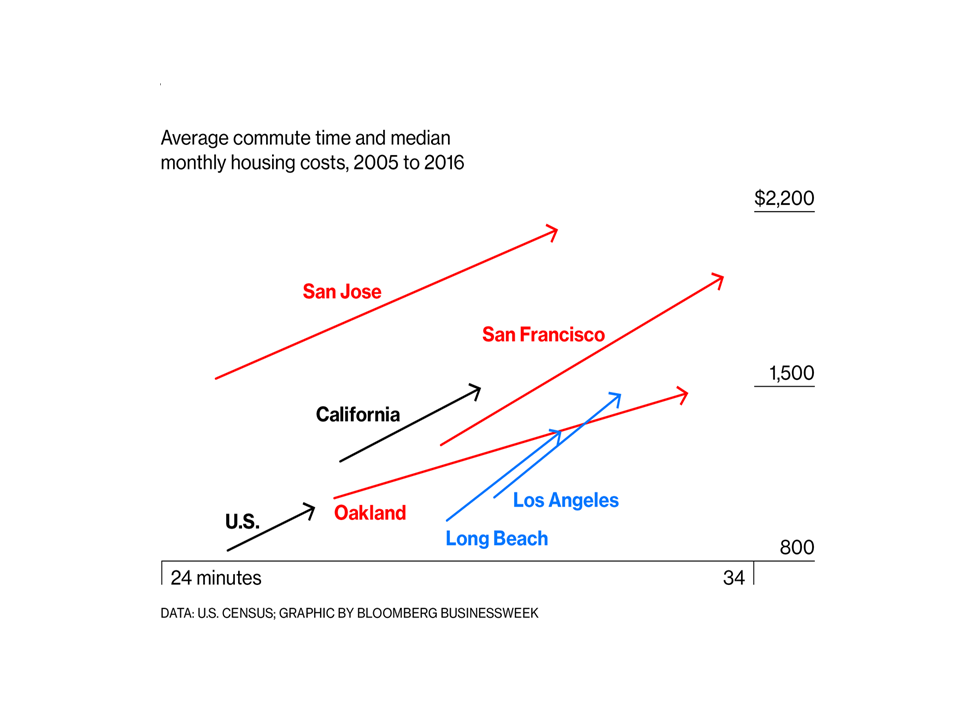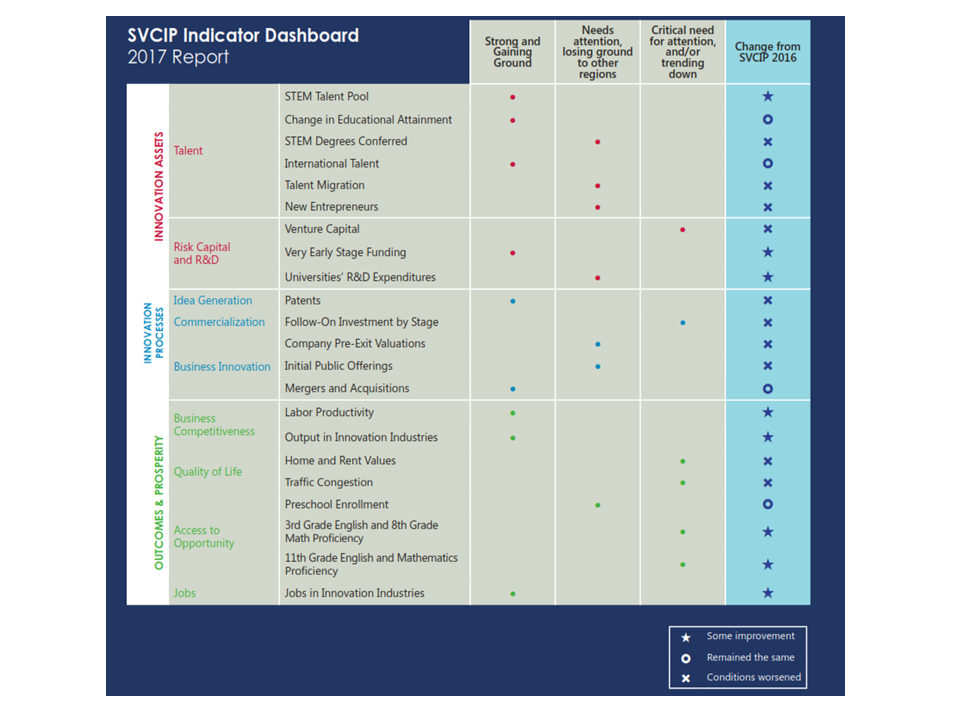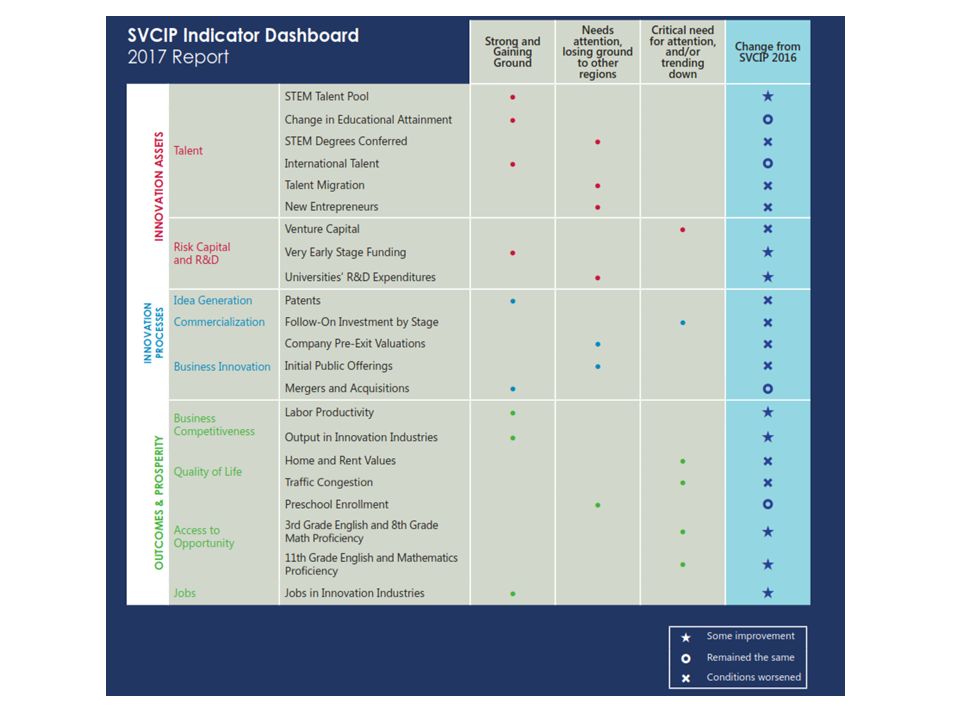Concluding Remarks
“Prediction is hard, especially about the future”, according to an old Danish proverb (and often attributed to Niels Bohr). And predicting what the condition and future ranking of Silicon Valley as a regional innovation ecosystem will be is obviously difficult and highly uncertain. But, as noted in my first blog post on this topic, I have heard many wrong predictions over the last 40 years, most assuming Silicon Valley would not be able to retain its position as the world’s leading innovation ecosystem. Too many other dynamic regions with strong innovation ecosystems would no doubt catch up and surpass Silicon Valley. The region’s resilience has surprised many, but perhaps not so much the local regional economists, like Doug Henton and John Melville, among those who has a deep understanding of the region.
But let me be clear: The past is (obviously) not necessarily a good predictor of what the future will be! And many regional economists and Silicon Valley policy makers and business leaders are now concerned about the issues I have noted above, and likely also many other issues that I have not included in this post (some of the other issues are noted in the Scorecard shown in Figure 4). And many excellent reports and articles have been written about interesting changes in other parts of the world, and what these may mean for Silicon Valley. Let me point to just two interesting reports that address what is happening on the European and Chinese technology fronts, both written by excellent analysts at the Bay Area Council Economic Institute (both available, for free, at the BACEI website):
- Innovation Bridge: Technology, Startups, and Europe’s Connection to Silicon Valley (August 2017)
- Chinese Innovation: China’s Technology Future and What it Means for Silicon Valley (November 2017)
These two reports discuss both the strengths and weaknesses of the innovation ecosystems in Europe and China, but point to significant changes that have taken place and that are underway, which may make both regions more competitive with Silicon Valley in the future. But, as the reports also point out, both Europe and China have extensive, and often deep, connections to Silicon Valley, and these connections will likely evolve and perhaps strengthen. Chinese tech companies, with huge domestic advantages (as China continues to protect its domestic markets and so far refuse to embrace “reciprocity” trade principles that others obey, mostly), could give Chinese tech companies significant “big data advantages” that they can leverage in combination with huge investments being planned for AI and machine learning in China.
Some Nordic analysts and prominent executives and entrepreneurs also think that Europe could (finally) start closing the gap on the US and Silicon Valley, particularly in areas outside of technology. In a recent article in the Financial Times, Marten Mickos, a prominent Nordic business executive in Silicon Valley [CEO of HackerOne, and previously SVP at HP, Board Member at Nokia, and CEO of Eucalyptus Systems] noted that “Entrepreneurial opportunities are moving out of just ‘software’ or ‘tech’ and into all aspects of life. In these new areas, I believe the EU can perform strongly compared to Silicon Valley.” Whether this will be enough to diminish Silicon Valley’s overall ranking as a leading innovation ecosystem, is unclear
Finally, let me briefly mention that a book I am reading ‘[The New Education, by the eminent US educator, Cathy Davidson, the City University of New York] has led me to wonder whether our secondary and post-secondary educational institutions are keeping up with innovations happening in other parts of the US. This is also what Professor Kirst implied in his recent presentation at the workshop I attended at Stanford. Professor Davidson refers to many of the leading innovators in US Higher Education that are blazing new paths outside the old silos of traditional academic fields to prepare students for careers that draw on the best of STEM (Science, Technology, Engineering and Math) PLUS humanities and Arts, so students can become versatile and can adapt quickly to changing career opportunities and work environments. If Silicon Valley schools—starting in elementary schools, and in secondary or post-secondary levels—indeed are not among the leading innovators in the US and the world, this could threaten Silicon Valley’s prominence in the long term. This is especially true if people from outside Silicon Valley (either in the US or from foreign countries) decide that they are not wanted or that access to Silicon Valley is too difficult, or costly. In this scenario, Silicon Valley’s innovation ecosystem will take a significant hit.
NOTE: If you want to take a “deeper dive” into competitiveness issues of Silicon Valley, I highly recommend the reports from the Silicon Valley Competitiveness and Innovation Project (SVCIP): A Dashboard and Policy Scorecard for a Shared Agenda of Prosperity and Opportunity. Figure 4 shows the SVCIP Indicator Dashboard from the 2017 report, summarizing its findings.
